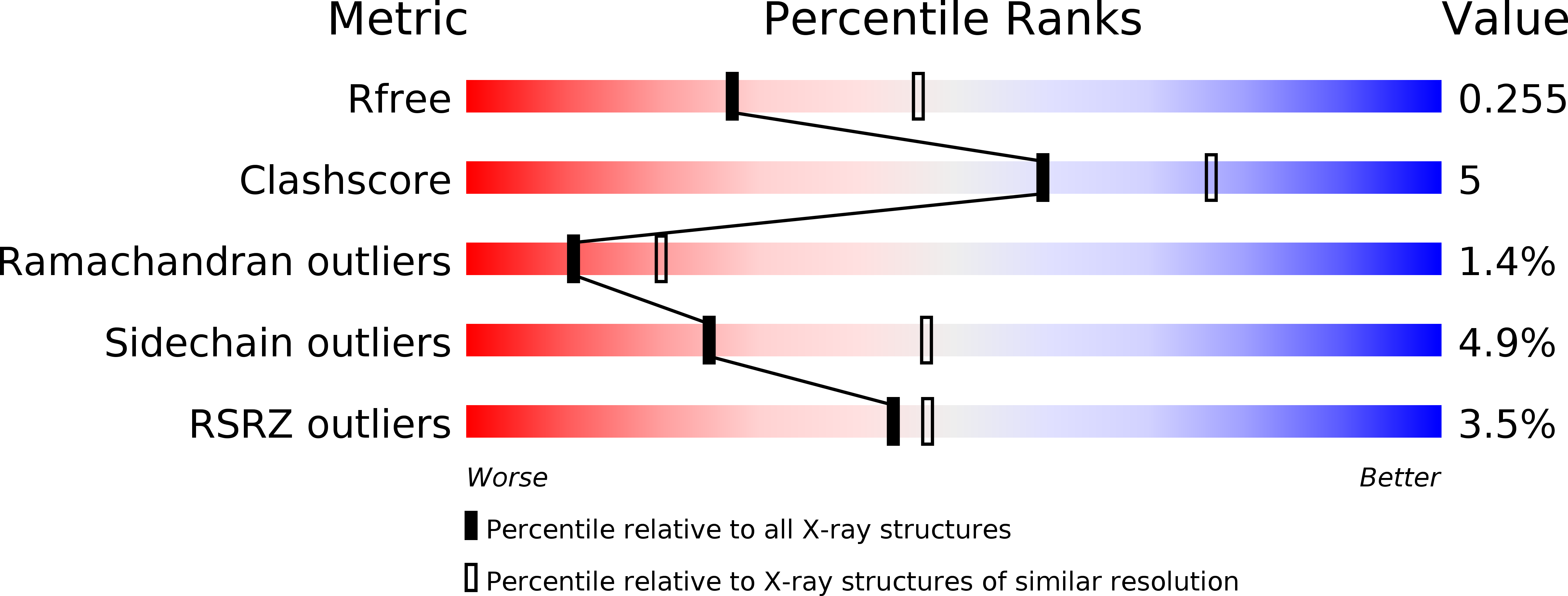
Deposition Date
2017-06-30
Release Date
2018-07-25
Last Version Date
2024-11-06
Entry Detail
PDB ID:
5OCC
Keywords:
Title:
Crystal structure of CD32b (Fc Gamma Receptor IIb) in complex with Human IgG1 Fab fragment (6G08)
Biological Source:
Source Organism:
Homo sapiens (Taxon ID: 9606)
Host Organism:
Method Details:
Experimental Method:
Resolution:
2.50 Å
R-Value Free:
0.26
R-Value Work:
0.19
R-Value Observed:
0.19
Space Group:
P 21 21 21


